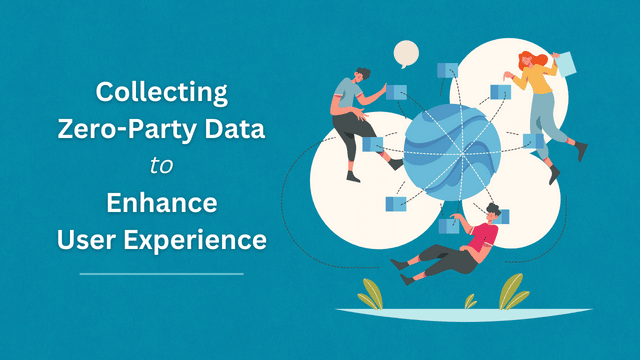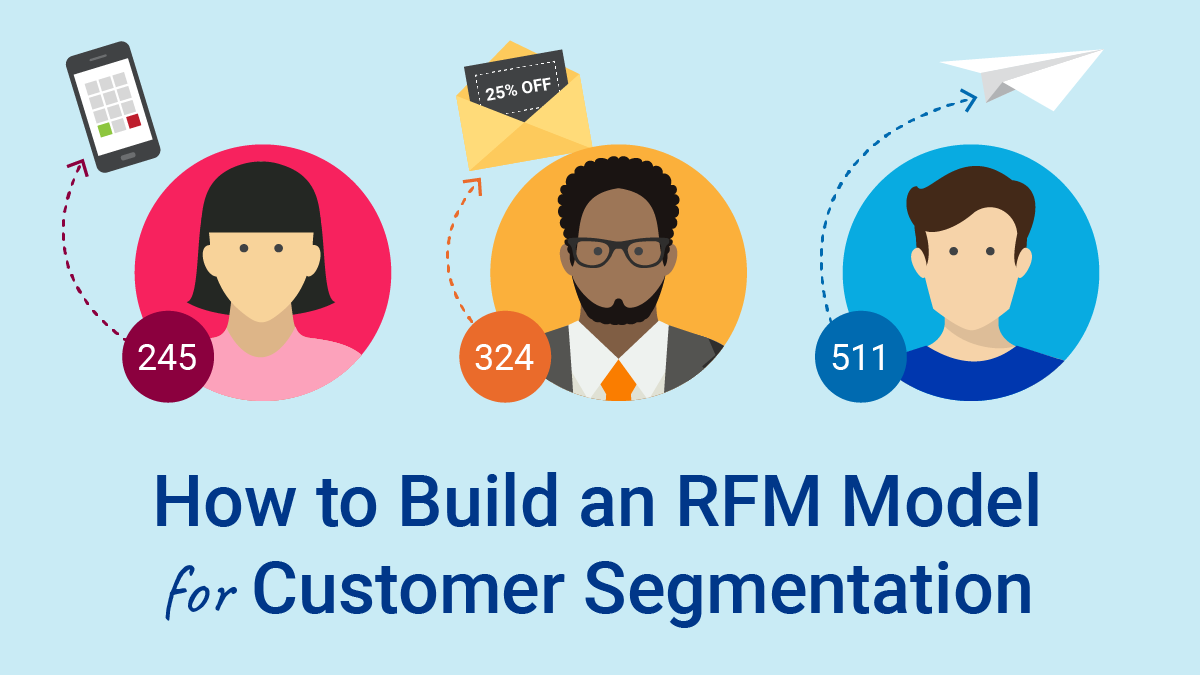Marketing automation isn’t free and it isn’t a replacement for advertising. However, leads that are generated from inbound and content marketing and then accelerated with marketing automation can improve the effectiveness of marketing dollars and aid your sales team by:
- Nurturing and warming leads
- Increasing deal size and number of deals per rep
- Shortening Sales cycles
- Automating repetitive tasks, allowing staff to focus only on the most valuable leads
- Making your organization appear bigger than it is
The ROI of Marketing Automation
The folks at Hubspot have some great stats on the effectiveness of marketing automation. As one example, a MIT Sloan MBA report found that customers using Hubspot software had three times the monthly visitors in just a year and over four times as many leads.
Unlike other marketing tools, marketing automation’s links to CRMs allow for organizations to track their ROI. The cost of a marketing automation platform is explicit, one can easily add costs for staff time and if you are tracking campaigns effectively, you can know at the end of the day exactly how many leads, qualified opportunities and even sales can be attributed to a marketing automation platform. This also allows marketing team to see what campaigns are most effective at generating profitable sales, instead of just relying on data about what ads get the most clicks. This end-to-end knowledge of the customer sales cycle is invaluable in justifying your marketing spend and generating the best results from it.
Fingertip Intelligence for Sales and Marketing
Marketing’s job is to feed the sales team. Create leads, decrease the time it takes to close deals and increase the size of every sale. One great way of doing this is by providing the sales team more insight about leads and opportunities within the CRM they use each day.
Most marketing automation platforms will allow you to embed information directly in the lead, opportunity, contact and account views of your CRM. This allows sales team members to see what emails have been opened, when the last time a lead visited your site was, what pages they viewed and what resources they’ve downloaded. A salesperson can then tailor phone calls to what a lead is most interested in and follow up at the right time, resulting in higher margins per sale, higher sales per rep and shorter sales cycles.
Organizations can also take advantage of custom lead scoring. First, the marketing and sales teams work together and determine what indicators (number of visits, emails opened, completions of fields, size of budget, person’s title etc) are the best at predicting the quality of a lead. Using those criteria the marketing automation platform will score leads and show sales team members who to pursue. Perhaps as importantly, salespeople can leave low-value leads to automated workflows, freeing up their time to focus on those most likely to turn into revenue.
Why You Shouldn’t Use Marketing Automation
Too often organizations are sold on their marketing automation implementation being a straightforward purchase – like buying a chair or a phone. In reality, an organization planning on purchasing a marketing automation platform should consider it to be more of a commitment along the lines of adopting a pet. There should be time and resources allocated for training, feeding, care and regular check-ups to ensure things are going well. This post includes more information on what to consider when choosing a marketing automation platform.
Like a pet, marketing automation platforms change and grow over time. New content needs to be created, new campaigns need to be implemented and overall there will be new features to take advantage of. All activities that are necessary to grow a company’s lead base and help nurture existing contacts and opportunities. Automation can help power a sales team and make marketing look like a rockstar, but it isn’t a set and forget purchase. It requires an ongoing investment of staff time and resources.
Interested in learning more about Marketing Automation? Click here to get in touch.



